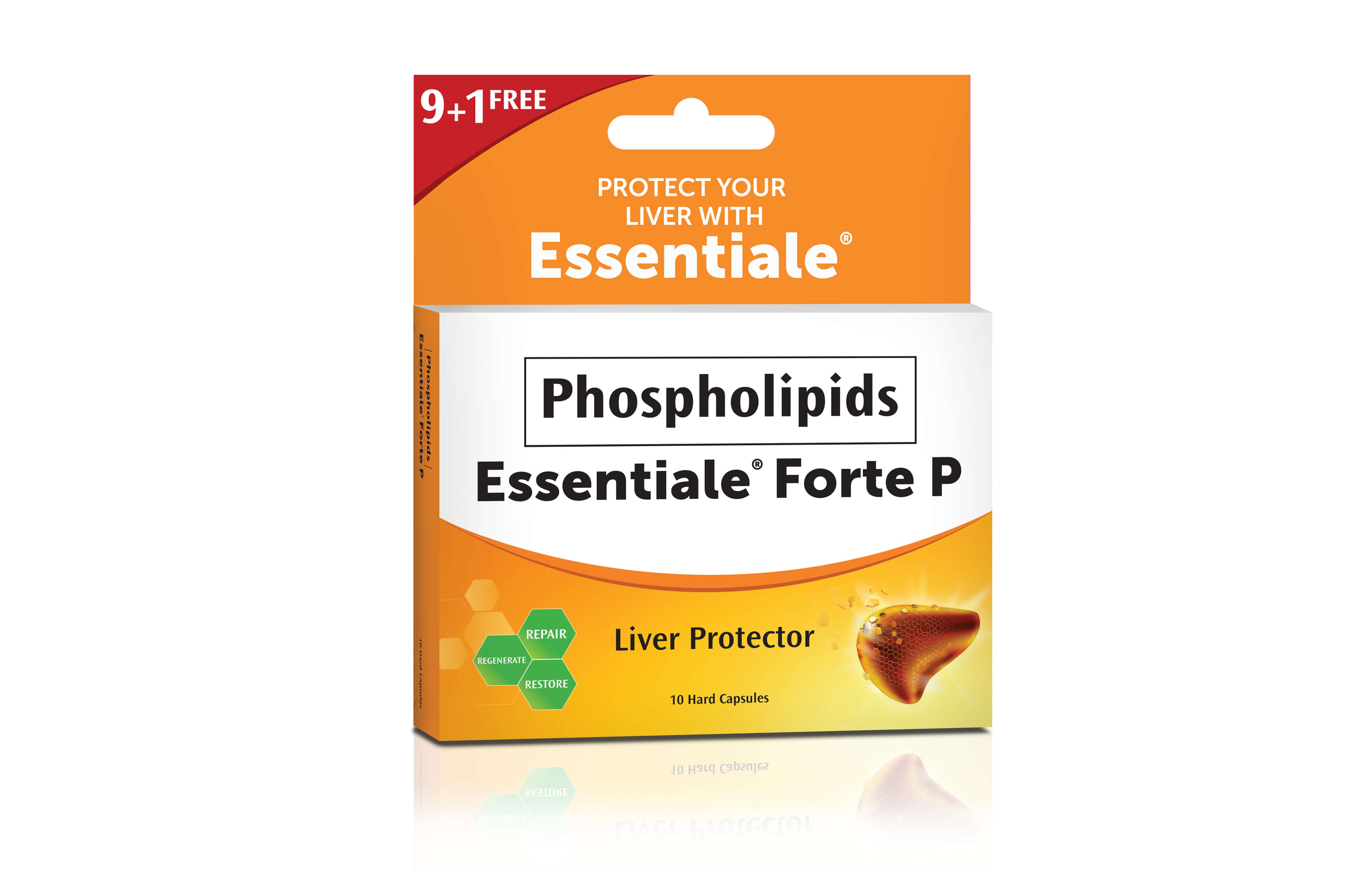.png)
Drug-induced liver injury (DILI)
The mechanisms of DILI development are not fully understood but most probably this disorder results from the interplay between the given compound (its composition, dose, duration of intake) and the individual characteristics of the person (such as age, sex, nutritional status, etc.). 1
THE MECHANISMS FOR THE DEVELOPMENT OF DILI ARE NOT FULLY UNDERSTOOD
What are the causes of DILI?
Misuse or abuse of over 800 different drug substances and toxins may have a harmful effect on the liver and cause drug-induced liver injury (DILI).1 It may occur:
How to recognize DILI?
The DILI spectrum is wide and its symptoms may vary in type and intensity. They may include both minor abnormalities found incidentally in laboratory tests, and severe liver injury that results in its acute failure, thus threatening the patient's life and health.
DILI may have three forms:
- acute liver failure (DILI is the most common cause of acute liver failure in Western countries) which may develop within a few days or weeks after the ingestion of a toxic substance,
- latent or clinically overt liver injury (manifested by elevated liver enzymes AlAT and AspAT),
- acute fatty liver.1
How is DILI diagnosed?
Diagnosing DILI may pose a challenge to hepatologists, as there are no specific tests or markers for this disease. After a thorough interview with the patient, doctors first try to rule out other more common liver diseases such as fatty liver, viral hepatitis B or C, or autoimmune disease of the liver in the past. During the interview, it is extremely important for the doctor to collect information about medicines used presently and in the past, and about potential exposure to toxins. Laboratory tests may also prove useful for the diagnosis. In the case of symptoms persisting over a long time, liver biopsy may also be necessary.1
THERE ARE NO SPECIFIC TESTS OR MARKERS FOR THIS DISEASE
How is DILI treated?
Treatment of DILI almost always starts from the discontinuation of the medicine considered to be hepatotoxic by the doctor. Treatment is supported by products that have a protective effect on the liver.1 The prognosis is usually favorable if discontinuation of the medicine brings positive results. In the case of acute liver failure, it may be necessary to transplant this organ.1
How to prevent DILI?
It is good to remember a few principles that will protect you from drug-induced hepatic injury:
Start caring for your liver today with Phospholipids (Essentiale Forte P).
Choose the right pack size to fit your needs and find about the differences between Phospholipids (Essentiale Forte P). 50s and Phospholipids (Essentiale Forte P). 10s
Phospholipids (Essentiale Forte P) 10s
CLINICAL PARTICULARS
Indications
Nutritional support in the management of damaged liver (due to chronic liver disease, liver cirrhosis, fatty liver & intoxication by hepatotoxic substances). Each hard gelatin capsule contains: De-oiled enriched phospholipids from soya-beans …………… 300 mg
Phospholipids (Essentiale Forte P) 50s
CLINICAL PARTICULARS
Indications
Nutritional support in the management of damaged liver (due to chronic liver disease, liver cirrhosis, fatty liver & intoxication by hepatotoxic substances). Each hard gelatin capsule contains: De-oiled enriched phospholipids from soya-beans …………… 300 mg
Learn more about the most common liver diseases
-
Boroń-Kaczmarska A. Polekowe uszkodzenia wątroby; Gastrologia – Medycyna Praktyczna dla pacjentów https://www.mp.pl/pacjent/gastrologia/choroby/watroba/50955,polekowe-uszkodzenia-watroby, accessed on: 27/04/2021
-
Wiela-Hojeńska A, Łapiński Ł. Niepożądane działania leków – rodzaje, podział, przyczyny i skutki ekonomiczne; Farm Pol, 2010, 66(4): 275-288 https://ptfarm.pl/pub/File/Farmacja%20Polska/2010/04-2010/08%20%20NDL.pdf accessed on: 04/05/2021

